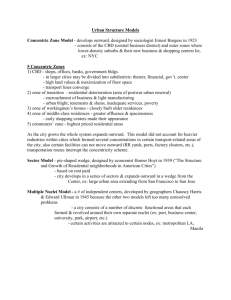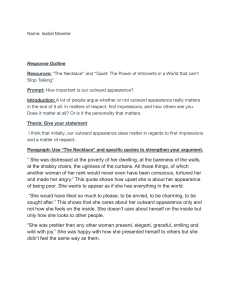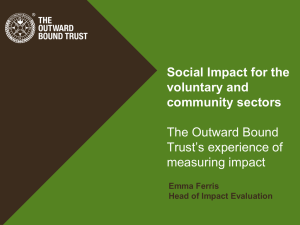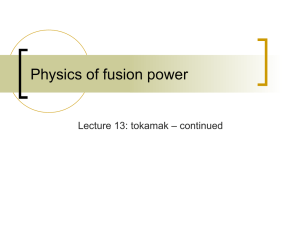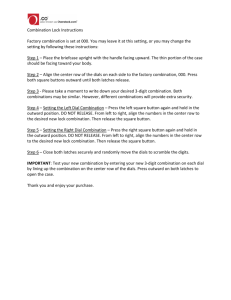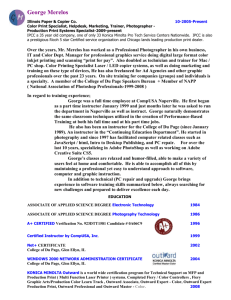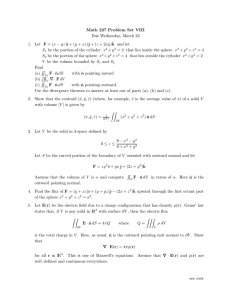Age of Exploration Chapter Summary: Columbus, Spain, France
advertisement
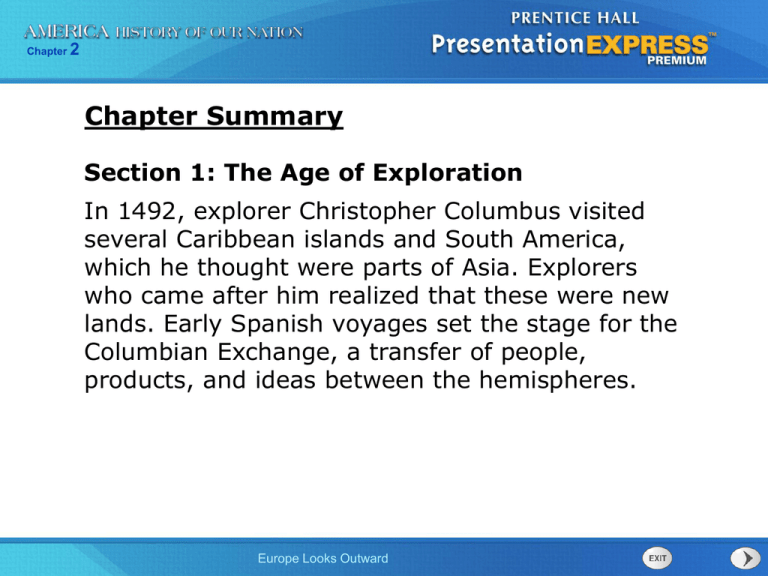
Chapter 2 Chapter Summary Section 1: The Age of Exploration In 1492, explorer Christopher Columbus visited several Caribbean islands and South America, which he thought were parts of Asia. Explorers who came after him realized that these were new lands. Early Spanish voyages set the stage for the Columbian Exchange, a transfer of people, products, and ideas between the hemispheres. Europe Looks Outward Chapter 2 Chapter Summary (continued) Section 2: Spain’s Empire in the Americas In the early 1500s, conquistador Hernando Cortés conquered the Aztecs in present-day Mexico, and Francisco Pizarro conquered the Incas in presentday Peru. Other conquistadors explored parts of North America. Spanish colonies in the Americas used the cruel encomienda system, imported slaves, and had a rigid social system. Europe Looks Outward Chapter 2 Chapter Summary (continued) Section 3: Europeans Compete in North America After the Reformation, tensions between Catholics and Protestants were on the rise in Europe. After England defeated the Spanish Armada, England and the Netherlands were able to found colonies in North America. Explorers John Cabot and Henry Hudson both disappeared while searching for a northwest passage. Europe Looks Outward Chapter 2 Chapter Summary (continued) Section 4: France and the Netherlands in North America In the early 1600s, France and the Netherlands founded colonies in North America and traded with Native Americans for furs. The French explored the Great Lakes and the Mississippi River. European activities in North America had grave consequences for Native Americans. Europe Looks Outward Chapter 2 Channel Awesome Europe Looks Outward: Interview Europe Looks Outward Chapter 2 Chapter Review QuickTake Test Europe Looks Outward Know It, Show It Test
